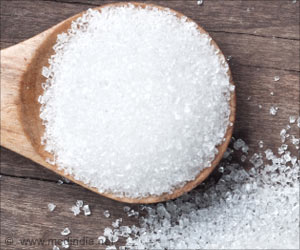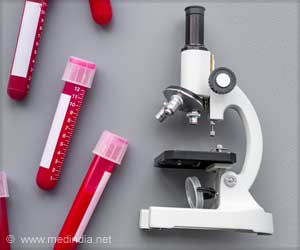
‘A class of quinone-like substances containing an additional epoxide functional group can kill problematic Salmonella pathogens, probably by interfering with their bacterial stress response system.’
Tweet it Now
German scientists have now examined a class of quinone-like substances
containing an additional epoxide functional group for their antibiotic activities. As they report in the journal
Angewandte Chemie, the compounds can kill problematic Salmonella pathogens, probably by interfering with their
bacterial stress response system.Stephan Sieber, Iris Antes and their colleagues at Technical University of Munich were particularly interested in a class of molecules with a structural scaffold present in various natural products. Its quinone-epoxide motif could be crucial for antibacterial bioactivity, they assumed.
The scientists used click chemistry to label the molecular candidates with fluorescent dyes. Thus, in a proteomic approach, their - at this point unknown - protein targets within the microorganisms could be identified, once they interacted with the candidates. One of the candidates called FM233 was not only found to kill Salmonella, which is one of the most problematic pathogens, but its target proteins were identified as well.
The scientists reported that two of the three proteins belonged to the cellular stress response machinery. "FM233 antibiotic activity stemmed to a large extend from downregulation of enzymatic stress response, and corresponding sensitization of cells to stress," they wrote. "The function of the third of the three targeted proteins had been unknown before. However, after employing test systems on various possible activities, the scientists concluded "that this protein is not involved in the antibacterial mechanism of action."
The notion that FM233 can intervene in the bacterial stress response system could be a good starting point for further research on the antibacterial activities of that particular molecular scaffold. As only small chemical changes can cause strong responses, the battle against resistance is ongoing.
Advertisement












